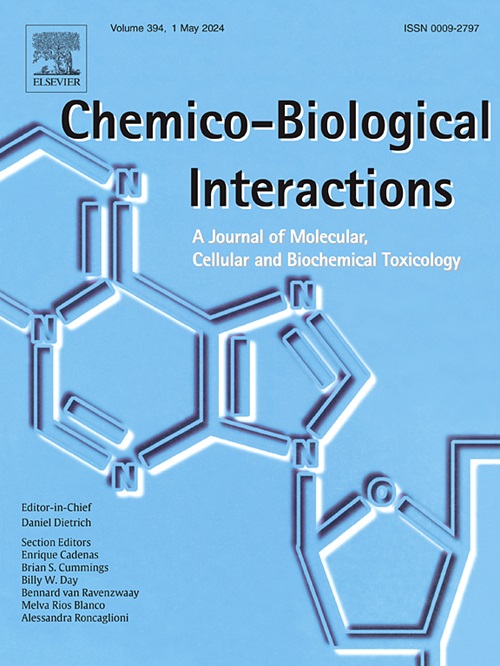Pre-clinical evidence for mitochondria as a therapeutic target for luteolin: A mechanistic view
IF 4.7
2区 医学
Q1 BIOCHEMISTRY & MOLECULAR BIOLOGY
引用次数: 0
Abstract
Pre-clinical evidence indicates that mitochondria may be a therapeutic target for luteolin (3′,4’,5,7-tetrahydroxyflavone; LUT) in different conditions. LUT modulates mitochondrial physiology in in vitro, ex vivo, and in vivo experimental models. This flavone exerted mitochondria-related antioxidant and anti-apoptotic effects, stimulated mitochondrial fusion and fission, induced mitophagy, and promoted mitochondrial biogenesis in human and animal cells and tissues. Moreover, LUT modulated the activity of components of the oxidative phosphorylation (OXPHOS) system, improving the ability of mitochondria to produce adenosine triphosphate (ATP) in certain circumstances. The mechanism of action by which LUT promoted mitochondrial benefits and protection are not completely clear yet. Nonetheless, LUT is a potential candidate to be utilized in mitochondrial therapy in the future. In this work, it is explored the mechanisms of action by which LUT modulates mitochondrial physiology in different pre-clinical experimental models.

线粒体作为木犀草素治疗靶点的临床前证据:机制观点
临床前证据表明,线粒体可能是木犀草素(3 ',4 ',5,7-四羟黄酮;LUT)在不同条件下。LUT在体外、离体和体内实验模型中调节线粒体生理。黄酮在人和动物细胞和组织中发挥线粒体相关的抗氧化和抗凋亡作用,刺激线粒体融合和分裂,诱导线粒体自噬,促进线粒体生物发生。此外,LUT调节氧化磷酸化(OXPHOS)系统组分的活性,在某些情况下提高线粒体产生三磷酸腺苷(ATP)的能力。LUT促进线粒体益处和保护的作用机制尚不完全清楚。尽管如此,LUT是未来用于线粒体治疗的潜在候选者。在这项工作中,探讨了LUT在不同的临床前实验模型中调节线粒体生理的作用机制。
本文章由计算机程序翻译,如有差异,请以英文原文为准。
求助全文
约1分钟内获得全文
求助全文
来源期刊
CiteScore
7.70
自引率
3.90%
发文量
410
审稿时长
36 days
期刊介绍:
Chemico-Biological Interactions publishes research reports and review articles that examine the molecular, cellular, and/or biochemical basis of toxicologically relevant outcomes. Special emphasis is placed on toxicological mechanisms associated with interactions between chemicals and biological systems. Outcomes may include all traditional endpoints caused by synthetic or naturally occurring chemicals, both in vivo and in vitro. Endpoints of interest include, but are not limited to carcinogenesis, mutagenesis, respiratory toxicology, neurotoxicology, reproductive and developmental toxicology, and immunotoxicology.

 求助内容:
求助内容: 应助结果提醒方式:
应助结果提醒方式:


